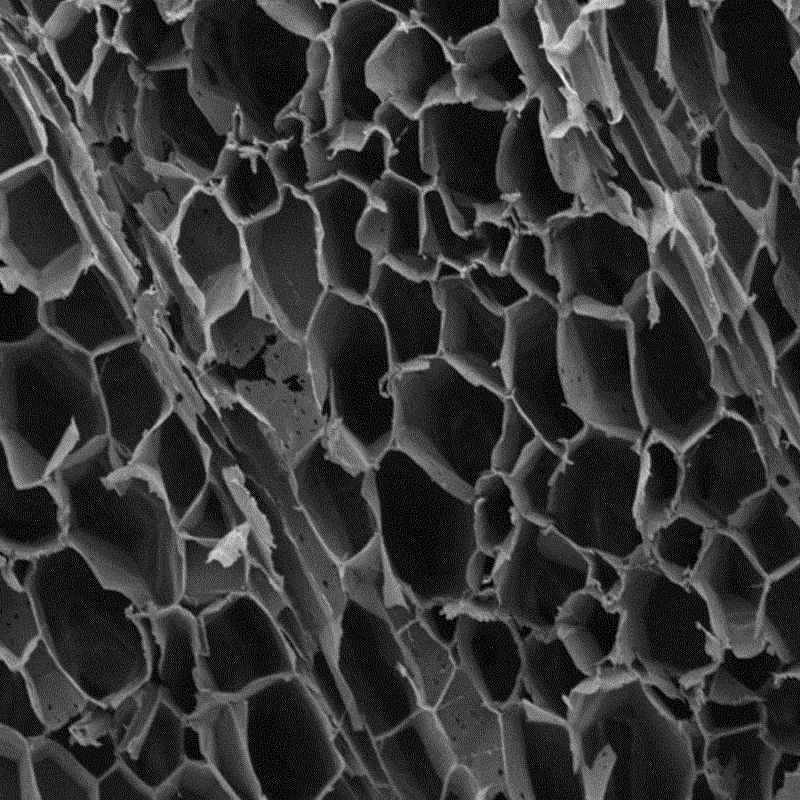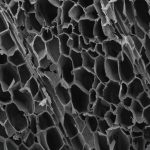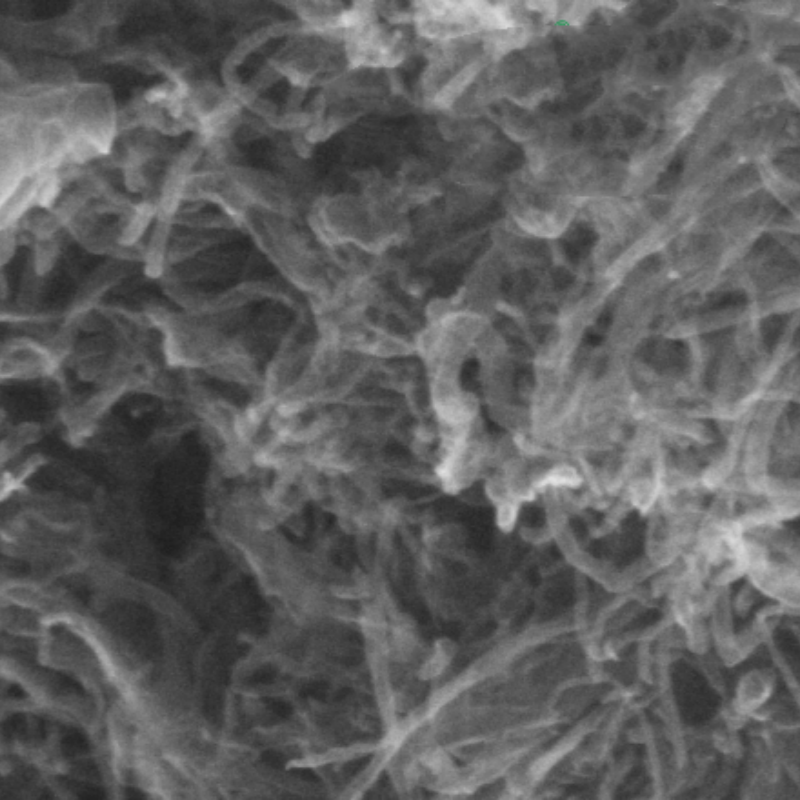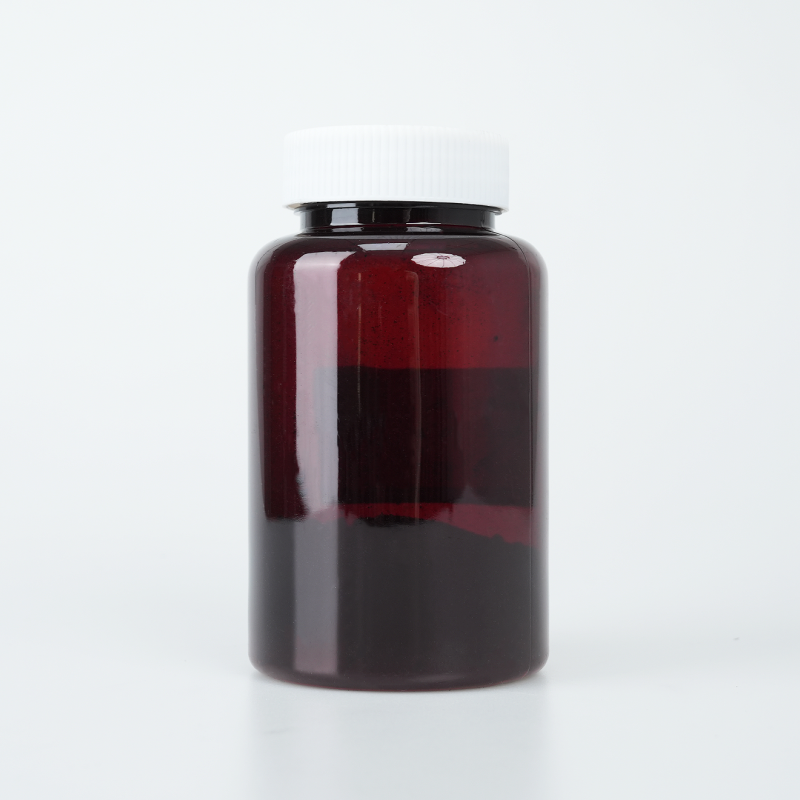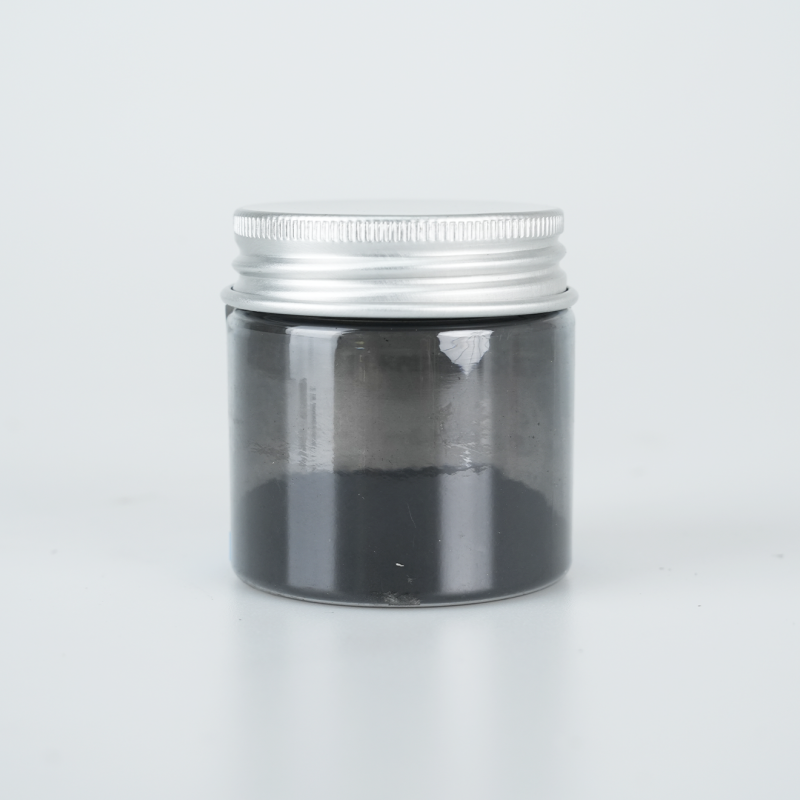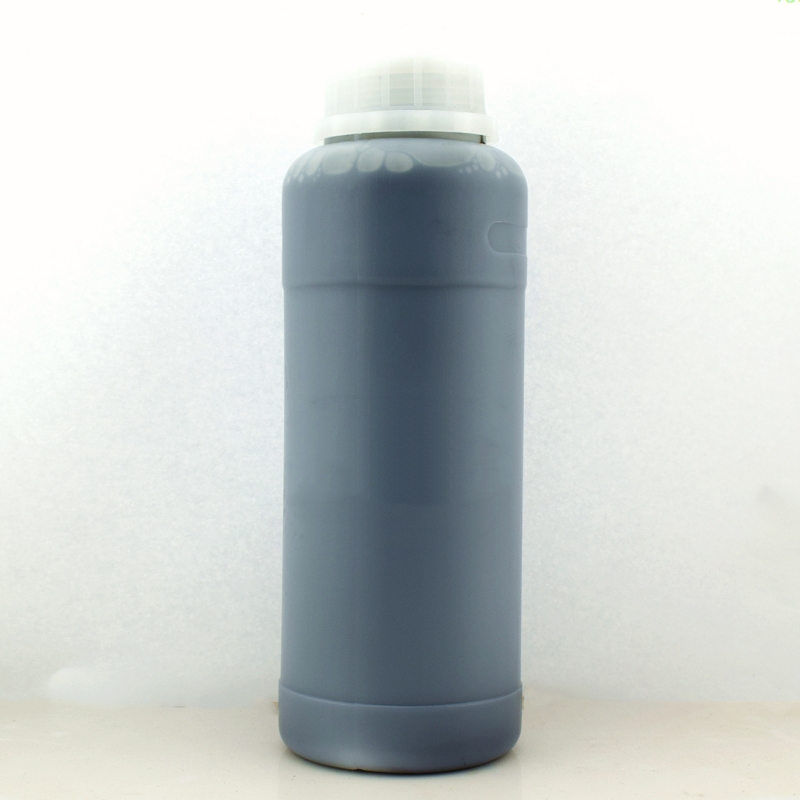Polyaniline rods provide optimized electrical conductivity, superior electrochemical stability, and enhanced mechanical flexibility. Designed for sensors, batteries, and coatings, they ensure efficient charge transport, extended durability, and high adaptability.
Product Overview
Polyaniline rods are conductive polymer materials synthesized by the polymerization of aniline monomers. The molecular structure alternates between oxidized and reduced states, giving the material its distinct properties. The rod-like shape enables the polyaniline molecular chains to align, resulting in a high surface area and aspect ratio. By using specific preparation methods and reaction conditions, polyaniline molecules can self-assemble into this rod-like structure, offering advantages in certain applications. Polyaniline rods exhibit good electrical conductivity, chemical stability, and moldability, making them suitable for a wide range of applications.
Key Features
- Unique Nanostructure:The polyaniline rods possess clear morphology and uniform aspect ratio, providing a larger surface area.
- Good Electrical Conductivity:These rods show potential in electronic devices and sensors due to their conductive properties.
- Chemical Stability:Polyaniline rods demonstrate good stability under various chemical environments, making them suitable for diverse chemical reactions and processes.
- Moldability and Plasticity:The shape and properties of polyaniline rods can be tuned by controlling reaction conditions, offering flexibility and moldability.
Applications
- Energy Sector:Polyaniline rods are promising for energy storage devices such as lithium-ion batteries and supercapacitors, as their high surface area facilitates electrolyte penetration and ion transport, enhancing device performance.
- Catalysis:They can serve as catalyst supports or act as catalysts themselves in applications like organic synthesis and environmental protection.
- Sensing Applications:Suitable for building highly sensitive chemical or biosensors to detect chemicals or biological molecules in the environment.
- Other Areas:These rods have wide-ranging applications in adsorption separation, drug delivery, and bioimaging.
| Parameter | Value |
| Length | 0.5-2 μm |
| Diameter | 80-100 nm |
| Conductivity | 0.01~1 S/cm |
| Specific Capacitance | 170-200 F/g |
 new material
new material

